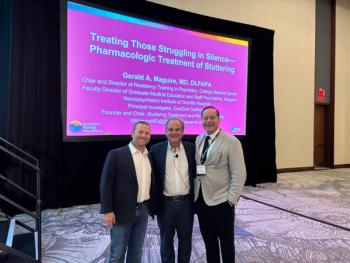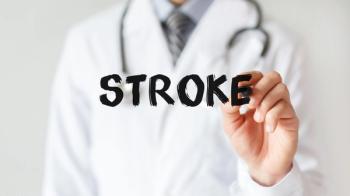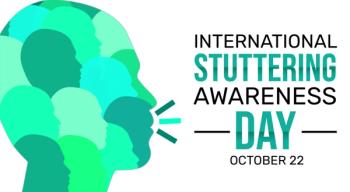
Recognizing Stroke: Why Knowing the Signs Can Save Lives
Key Takeaways
- The F.A.S.T. acronym aids in recognizing stroke symptoms: Face drooping, Arm weakness, Speech difficulty, and Time to call 911.
- Additional stroke indicators include sudden confusion, vision problems, dizziness, and severe headaches, necessitating immediate medical attention.
May is American Stroke Month. Here, you can find important information about recognizing the signs of the stroke to share with patients.
During American Stroke Month each May, the medical community renews its call to action: learn the signs of stroke and take prevention seriously. As someone who works daily with patients recovering from stroke, I cannot emphasize enough how vital early recognition and intervention are for survival and long-term recovery. In this article, I provide the most important information you can share with patients concerning strokes.
Strokes can strike at any age. In fact, about 1 in 4 adults over the age of 25 will experience a stroke in their lifetime.1 Yet, most Americans cannot identify the most common warning signs of a stroke. This gap in awareness can delay treatment—and in the case of stroke, minutes truly matter.
The Power of Knowing F.A.S.T.
The acronym F.A.S.T. offers a simple, effective way to remember the most common symptoms of a stroke:
- F – Face Drooping: One side of the face may droop or feel numb. Ask the person to smile—if it is uneven, that’s a red flag.
- A – Arm Weakness: Is one arm weak or numb? Ask the person to raise both arms. If one arm drifts downward, it may be a stroke.
- S – Speech Difficulty: Speech may be slurred or hard to understand. Ask them to repeat a simple sentence like, “The sky is blue.”
- T – Time to Call 911: If someone shows any of these symptoms—even if they go away—call emergency services immediately. Also, note the time the symptoms began.
Stroke is a medical emergency. Rapid treatment increases the likelihood of a full recovery. Every minute counts—brain cells die quickly when deprived of oxygen.
Understanding the Other Signs of Stroke
Beyond the F.A.S.T. symptoms, there are other potential indicators, including:
- Sudden confusion or trouble understanding speech
- Difficulty seeing in one or both eyes
- Trouble walking, dizziness, or loss of coordination
- A sudden, severe headache with no known cause
If you or someone you know experiences these symptoms, do not delay medical attention—call 911 right away.
Prevention Starts with Risk Awareness
Another critical aspect of stroke awareness is understanding the underlying causes and risk factors. Nearly 1 in 4 strokes occur in individuals who have already had one.2 Often, these secondary strokes are preventable. Working with your health care provider to identify what caused the initial stroke—and addressing risk factors like high blood pressure, diabetes, high cholesterol, smoking, poor diet and physical inactivity—can significantly reduce your chances of a repeat event.
Lifestyle Choices Make a Difference
The best prevention strategy includes forming healthy habits:
- Avoid smoking and excessive alcohol use
- Eat a heart-healthy, nutrient-rich diet
- Engage in regular physical activity
- Prioritize quality sleep
- Manage stress
- Limit sedentary time
These steps may seem simple, but they are powerful in reducing stroke risk and supporting brain health over time.
Treatment Depends on Type
There are 2 primary types of stroke:
- Ischemic strokes, caused by a blood clot blocking a vessel in the brain, are the most common.
- Hemorrhagic strokes, caused by bleeding from a ruptured vessel, are less common but often more severe.
Only trained health care professionals can determine the type of stroke and administer appropriate treatment, which is why it is essential to call 911 and get to a hospital immediately after symptoms occur.
Dr Ashley is a neurologist and chief medical officer for the Centre for Neuro Skills.
References
1. The GBD 2016 Lifetime Risk of Stroke Collaborators.
2. Preventing Another Stroke. American Stroke Association. Accessed May 9, 2025.
Newsletter
Receive trusted psychiatric news, expert analysis, and clinical insights — subscribe today to support your practice and your patients.














